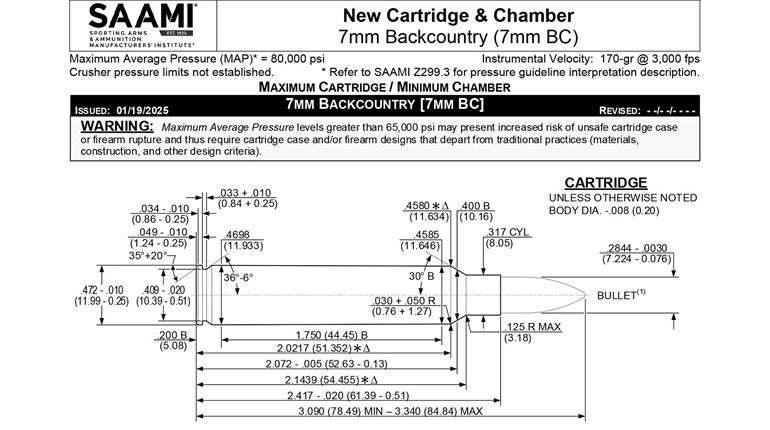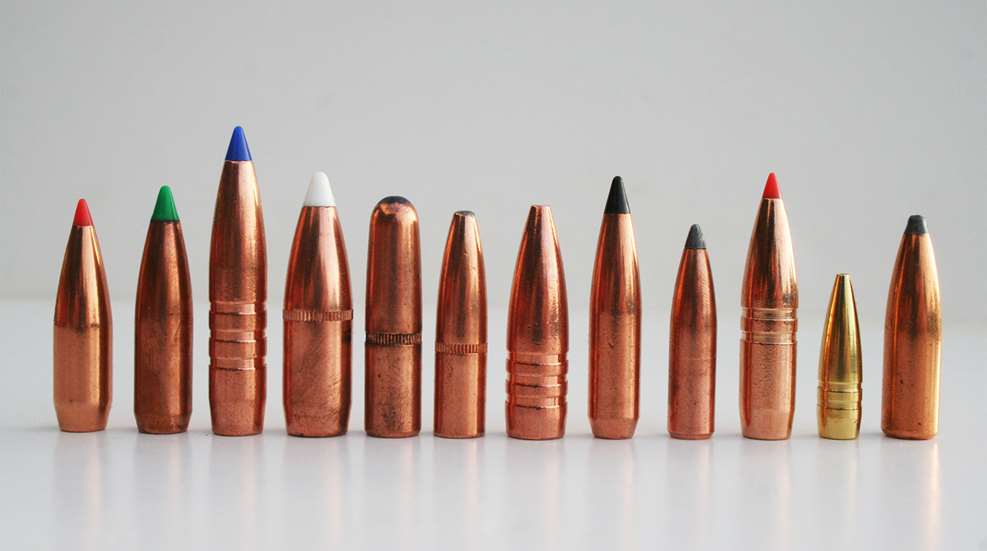
If you were to ask a dozen, dedicated rifle deer hunters to name the most important item taken afield with them, you’d likely hear at least half-dozen different answers. It’s improbable that one will be “bullet,” either. That’s unsurprising, though, as ammunition is generally an afterthought when it should be the foremost consideration. Consider this: that rapidly spinning chunk of metal is the only thing that brings finality to a hunt—not your costly, scent-reduction products, super-secret deer urine, latest-edition camouflage, or mystic grunt call. Despite this, their importance isn’t appreciated and selection is, more often than not, haphazard. That’s not a good idea.
Deer aren’t tough animals to kill; make no mistake, place an expanding bullet of sufficient size through the vital organs and it will die. Need proof? Just ask the deer hunters who regularly employ .22-calber center-fire rifles (where legal) to “down the brown.” Youth, recoil-shy, and seasoned hunters alike prove countless times each season that the minimalist .243 Winchester is plenty of gun for whitetail and mule deer. Of course, bullet placement is critical for success; however, projectile performance—including expansion, penetration, and retained weight—is very important, too. Concerning terminal performance, bullet designs vary greatly. Which bullet is best suited for you will depend on the deer you’re hunting—i.e. Saskatchewan versus Florida whitetails, New Mexico versus Montana mule deer, etc.—and your expectations after it impacts the animal. Here is some “food for thought” to help guide your decision-making process.
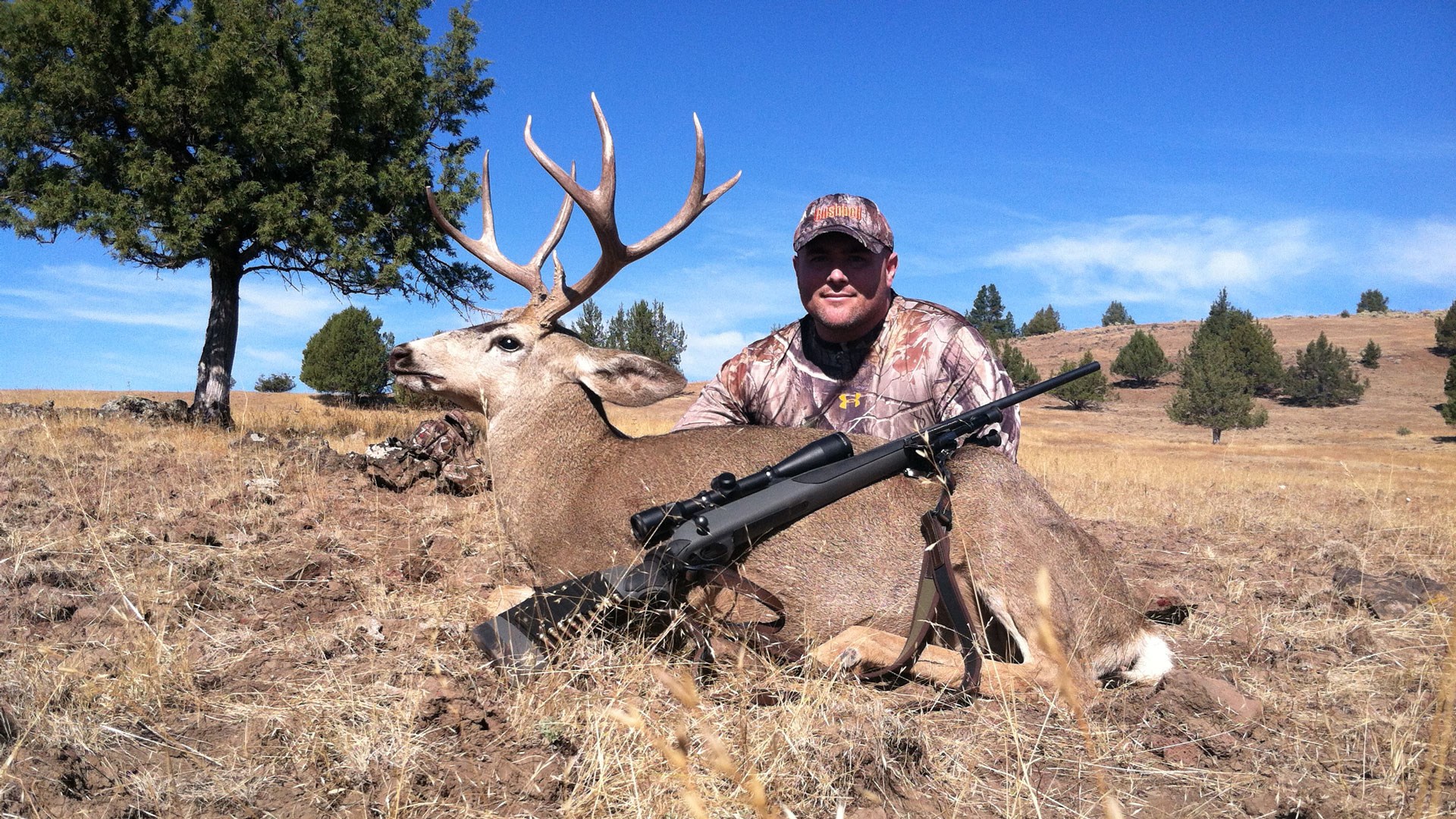
Rapid-Expansion, Reduced-Penetration, Mid- to Low-Weight-Retention Bullets
As most whitetail deer species have chest diameters less that 18-inches in width (mule deer will often be wider), reaching the vital organs isn’t a difficult task. Moreover, unlike some species—such as feral hogs and elk, which have gristle plates and dense bone, respectively—a deer’s vital organs are only modestly protected: the scapula and thin rib bones are minimal barriers for a modern, high-weight-retention bullet. Such is not the case for “softer” bullets that have significant material washed away; it will affect their performance. More on that shortly.
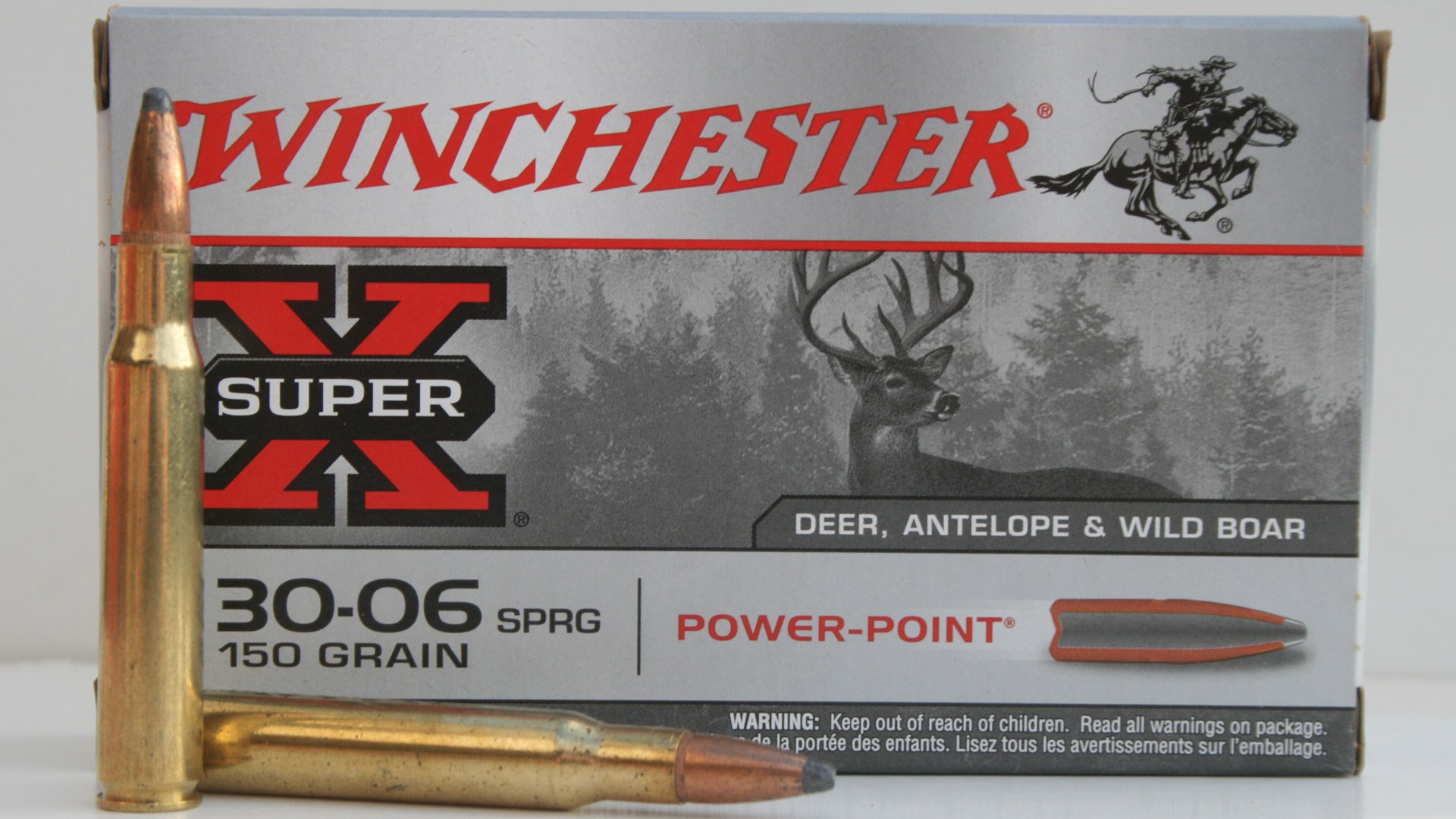
The primary benefit of using a rapid-expansion bullet with mid- to low-retained weight—such as the Nosler Ballistic Tip Hunting, DRT TerminalShock, Remington Core-Lokt, Hornady InterLock, Winchester Power-Point, Berger VLD Hunting, and Lehigh Defense Controlled Chaos, among many others—is that the projectile creates tremendous damage to vital organs for speedy expiration of the animal. The washed-off material results in additional “secondary” wound channels for hastened hemorrhaging. That being said, the more fragile the construction, the more excessive the damage will be to edible meat if bone is encountered during penetration—especially if impacting at extreme velocities—higher than 3,000 f.p.s. Hit the scapula and you’ll loose considerable meat, while punching the paunch will assuredly absolve your previous positive feelings about the hunt.
Further, bullets that shed a significant portion of their weight during penetration, or have excessive expansion diameters, don’t penetrate as deeply. Over-penetration is, in general, a non-concern, which can be an asset. Shots must be selected carefully, though; except for follow-ups, these aren’t the bullets you choose for raking or frontal shots, as they can fall short of reaching the vital organs, leading to lost game and undue suffering of the animals. Oftentimes, there’s no exit hole—even on broadside shots—so there’s less blood to follow when tracking, but said internal damage quickens hemorrhaging, so the distance that the animal will cover after being shot is often short. As a whole, my shortest blood trails are from deer hit with mid- to low-retained-weight bullets. For example, during the last two seasons I shot several deer each with .25-caliber Hornady InterLock and .30-caliber Nosler Ballistic Tip Hunting bullets, and none exited my sight before succumbing to their wounds. To me, that’s confidence inspiring.
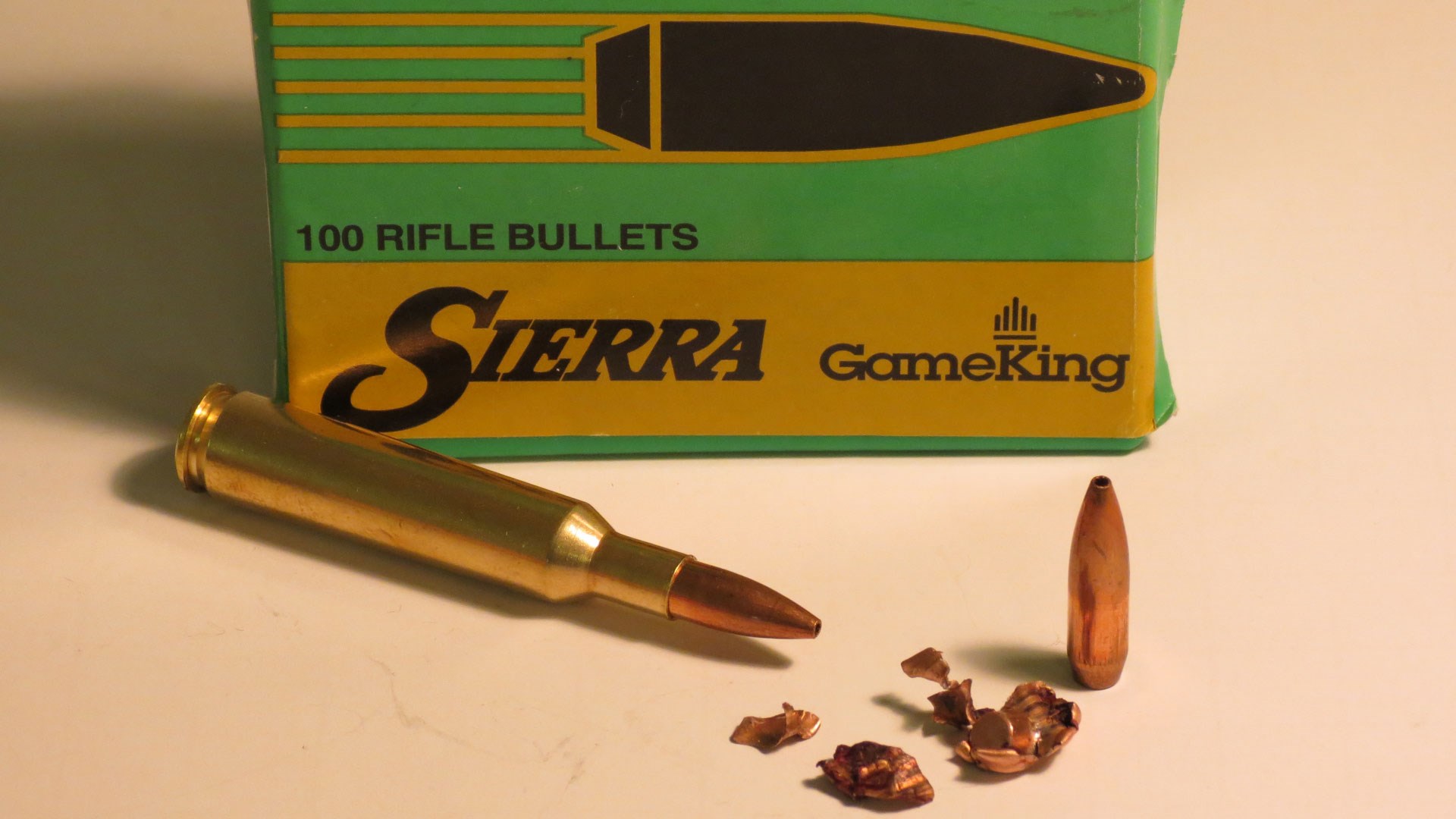
Other bullets in this category include (but aren’t limited to): Winchester Ballistic Silvertip, PEP, and Deer Season XP; Hornady SST; Remington AccuTip; Federal Fusion and SP (Power-Shok); Lehigh Defense Maximum Expansion; and Sierra GameKing. Many of the bullets in this section are found in economical hunting loads.
Deep-Penetration, High-Weight-Retention Bullets
To me, bullets in this category must retain at least 75 percent of their original weight—though 85 to 100 percent is much better—and, because of smaller frontal diameters post-expansion, offer very deep penetration. Many of said bullets are leadless or bonded in construction. Examples include: Federal Trophy Bonded Tip and Trophy Copper; Norma Oryx; Barnes TSX, LRX, and TTSX; Hornady GMX; Swift Scirocco II and A-Frame; Nosler AccuBond, E-Tip and Partition; Winchester Power-Max Bonded and Power-Core; and Speer Grand Slam and Deep Curl. Consider these bullets as insurance; accidently hit the scapula and they’ll easily bore through, oftentimes doing the same on the opposite shoulder, too. In general, they’ll leave an exit hole, though it’ll be smaller than that produced by a bullet in the former category (if it exits). This makes blood trailing easier. The smaller expanded diameter, when coupled with the fact that minimal material is washed off during penetration, reduces damaged edible meat.
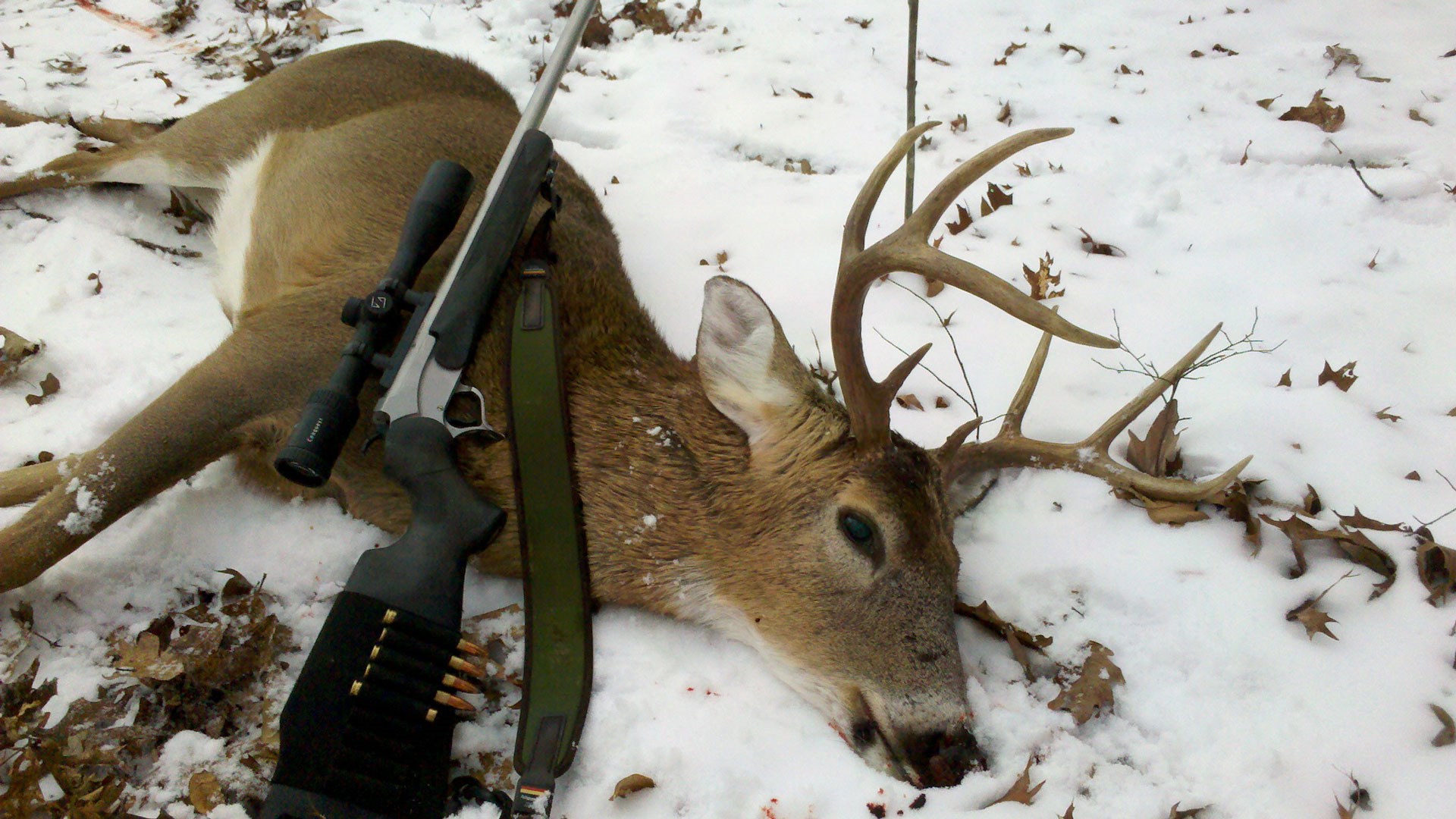
Shoot deer with a super-ultimate-magnum-chambered rifle at 50 yards? These are your bullets. Many of the projectiles—especially those monolithic in design, such as Nosler’s E-Tip—have no upper velocity thresholds for maximum retained weight, so they’ll maintain their integrity to reach the vital regardless of the velocity that you launch them. Moreover, if you’re hunting thick-necked, hormone-driven Canadian brutes bordering on the size of small cattle, projectiles that maintain their weight and have small-expanded diameters ensure that you get full penetration of vital organs for a quick recovery. And, if you have feral hogs on your deer hunting grounds, these will work wonders on those gristle plates.
I prefer using bullets of this type for novice hunters; even if the hunter makes a bad shot (shoulder, angle, head-on, etc.) the projectile has a better chance of hitting critical organs and structures to down the animal quickly. They’re highly effective, too; in fact, in the past two years my oldest son has killed four Virginia whitetails using Nosler .25-caliber, 100-grain E-Tips with four shots. Taken out to distances of 140 yards, none of the bullets have remained in the animals and, of the four deer, only one ran a short distance. Always picture-perfect placement and two holes, with an exit the size of a quarter to fifty-cent piece, recovery has been a cinch. I have no intention of changing the setup.
Bullets in this category typically cost a bit more than those in the former, but, again, you’re hedging the odds for when something goes awry—and it will at some point. Is it worth the cost? You need to decide for yourself. If you’re hunting an area that requires the use of lead-free bullets, you’re almost guaranteed to use a bullet in this category. That’s no detriment, though.
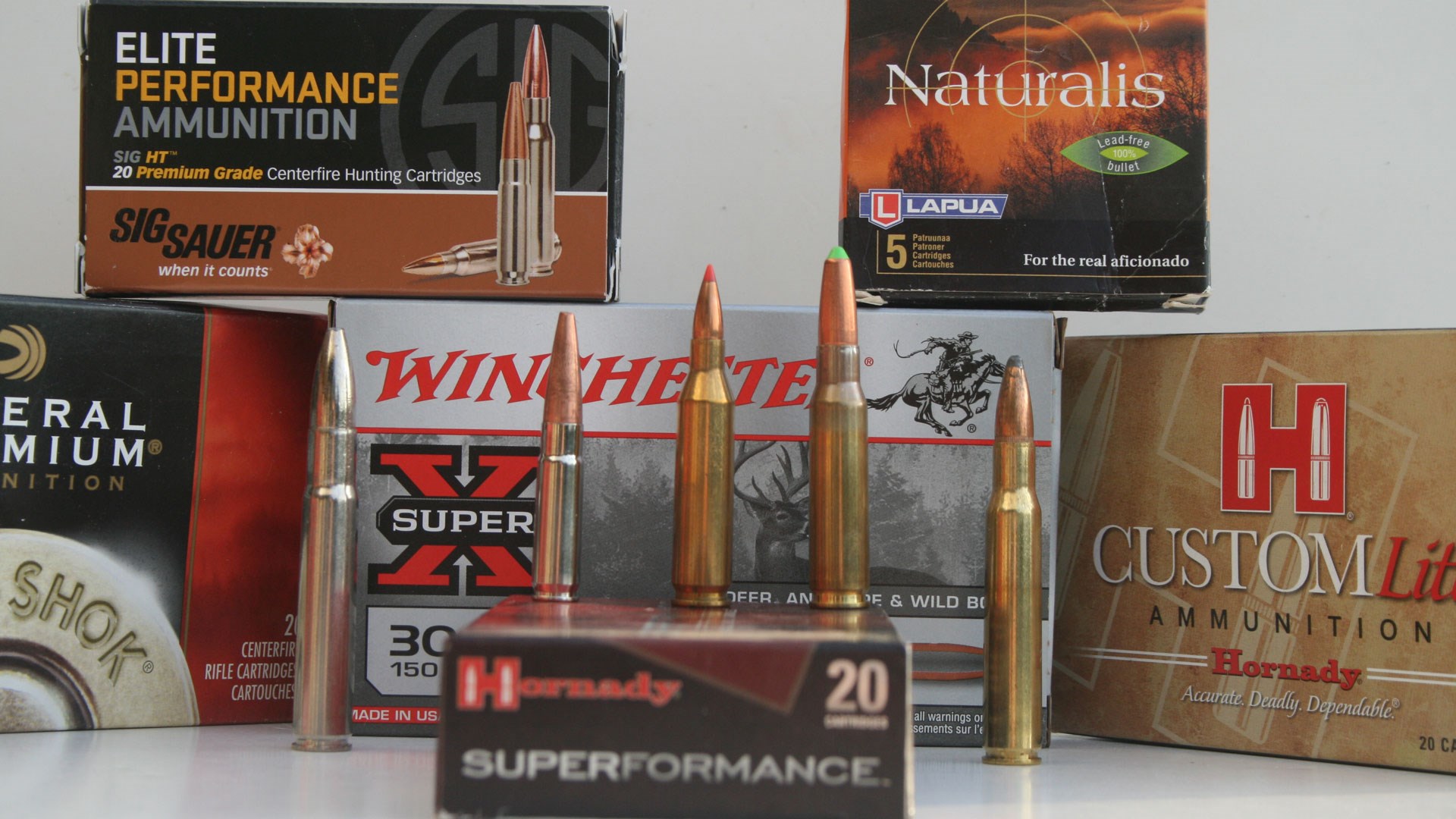
Terminal performance is but one element to consider when selecting a bullet for deer hunting; you’ll also need to consider external ballistics, including bullet profile, tip integrity, and base designs. However, those are subjects worthy of standalone articles, and become important when shot distances are beyond 250 yards. But, by using the guidelines above you’ll not only be able to make a more informed decision, but also one that is aligned terminal performance-wise with your expectations.














